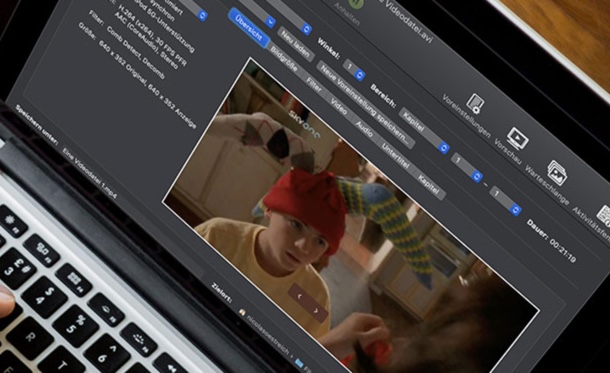


Today we'll be comparing the M2 to our existing data of AMD and Intel CPUs, which is all power normalized to the default TDPs of those chips. Like most Apple products, upgrading to higher memory and storage configurations costs a disgusting amount, and there's no user upgradeability to speak of. We've also chosen 16GB of memory to match other systems that we've tested, and opted for a 512GB SSD because the base configuration that only has a 256GB SSD is a bit ridiculous in 2022. While Apple doesn't hide these specs, we feel it would be easier for consumers if the naming was different for each chip.įor testing we purchased a 13-inch MacBook Pro with the full M2 configuration. The M2 also receives Apple's powerful media engine and neural engine.Īs we like to mention when we see this happen with other tech products, we find it a bit silly that Apple use the same M2 name for two distinctly different CPUs that vary in GPU configuration. On the memory subsystem, it's LPDDR5-6400 over a 128-bit bus, providing just over 100 GB/s of bandwidth an upgrade on the M1 that used LPDDR4X, but without as much LPDDR5 bandwidth as the M1 Pro and above. The integrated GPU arrives in two configurations: one with 8 GPU "cores" and another with 10 GPU cores. The performance cores are clocked up to 3.5 GHz, slightly higher than its predecessor. That's because those chips are designed for high performance productivity systems, while the M2 is destined for ultraportable machines. This is the same 4+4 configuration as the M1, but with updated cores, and it contrasts to the M1 Pro and M1 Max which use more performance cores, but fewer efficient cores. The CPU portion includes 8 cores, split into a 4+4 layout: four high performance Avalanche cores, and four efficient Blizzard cores. The M2, like all Apple Silicon products, uses the Arm architecture instead of x86 that we see deployed for the vast majority of Windows systems. Because this isn't a laptop review, we aren't going to evaluate the MacBook Pro 13's credentials as a laptop – we've seen how Apple's been copping some criticism for its outdated design, but we're not concerned about that on this review. Comparably, that means machines packing the AMD Ryzen 7 6800U and Intel Core i7-1260P.Īpple's new M2 SoC has been integrated first into the refreshed MacBook Pro 13.

Like our previous review of the M1 Pro, we're interested in how the Apple M2 performs across a selection of cross-platform applications, so we can compare it to the best parts available in the Windows world. The new Apple M2 chip is being touted as a much faster SoC than its competitors, but Apple (like most tech companies) aren't exactly reliable when it comes to in-house benchmarking, so we'll have to see for ourselves.


 0 kommentar(er)
0 kommentar(er)
